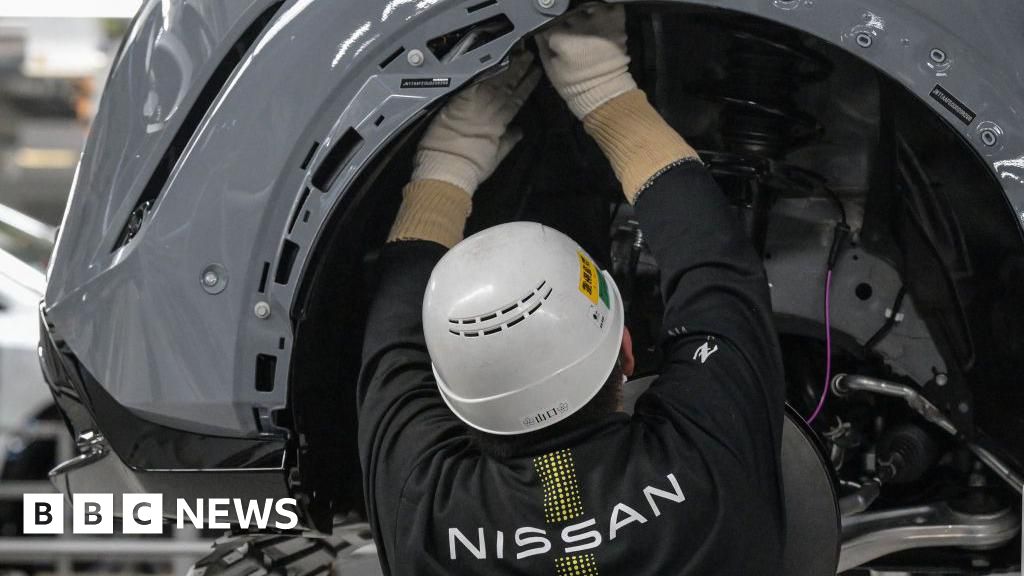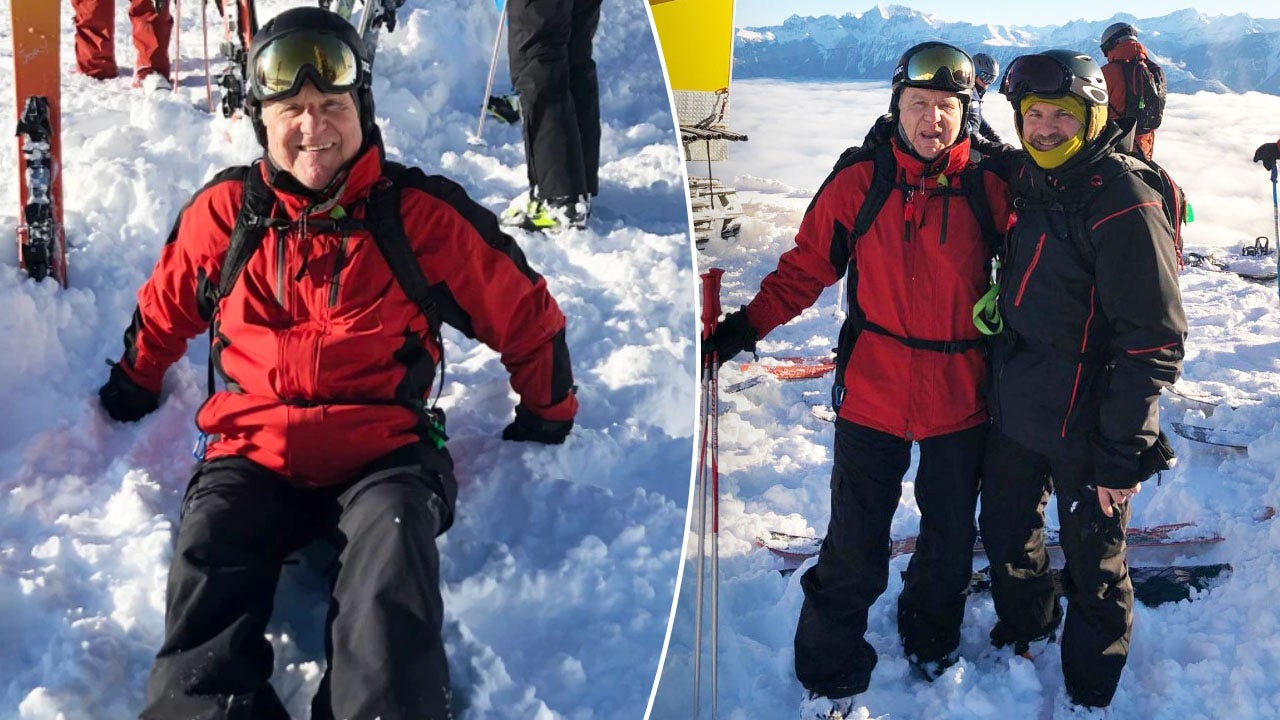LONDON: A volcanic eruption in southwestern Iceland appears to have subsided, though scientists are warning that the area may experience further eruptions in the coming months. Iceland’s Meteorological Office said late Thursday that the eruption had decreased significantly.
The eruption began at about 6 am local time on Thursday in the area northeast of Mount Sylingarfell, the Met Office said.It prompted the evacuation of the popular Blue Lagoon thermal spa and cut off heat and hot water to several communities on the Reykjanes Peninsula in southwestern corner of the island.
Prime Minister Katrin Jakobsdottir said authorities hope to restore hot water to the area by midday on Friday, national broadcaster RUV reported.
The eruption site is about 4 km (2½ miles) northeast of Grindavik, a coastal town of 3,800 people that was evacuated before a previous eruption on December 18. The town wasn’t threatened by Thursday’s eruption.
Benedikt Ofeigsson, a geophysicist at the Icelandic Met Office, told RUV that the area can expect an eruption every month or so over the next few months.
“In the long term, it’s very difficult to say, but in the short term, the next months, we will probably continue to see repeated magma intrusions and eruptions,” he said.
The eruption began at about 6 am local time on Thursday in the area northeast of Mount Sylingarfell, the Met Office said.It prompted the evacuation of the popular Blue Lagoon thermal spa and cut off heat and hot water to several communities on the Reykjanes Peninsula in southwestern corner of the island.
Prime Minister Katrin Jakobsdottir said authorities hope to restore hot water to the area by midday on Friday, national broadcaster RUV reported.
The eruption site is about 4 km (2½ miles) northeast of Grindavik, a coastal town of 3,800 people that was evacuated before a previous eruption on December 18. The town wasn’t threatened by Thursday’s eruption.
Benedikt Ofeigsson, a geophysicist at the Icelandic Met Office, told RUV that the area can expect an eruption every month or so over the next few months.
“In the long term, it’s very difficult to say, but in the short term, the next months, we will probably continue to see repeated magma intrusions and eruptions,” he said.















































